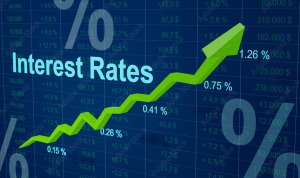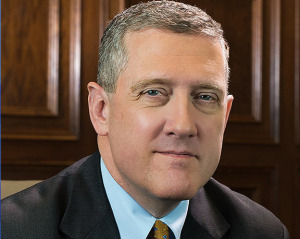
Fed’s Powell notes inflation is easing, but says further progress is needed
Inflation is slowing steadily, but it’s too early to declare victory or to discuss when the Federal Reserve might cut interest rates, Chair Jerome Powell said in prepared remarks Friday.







